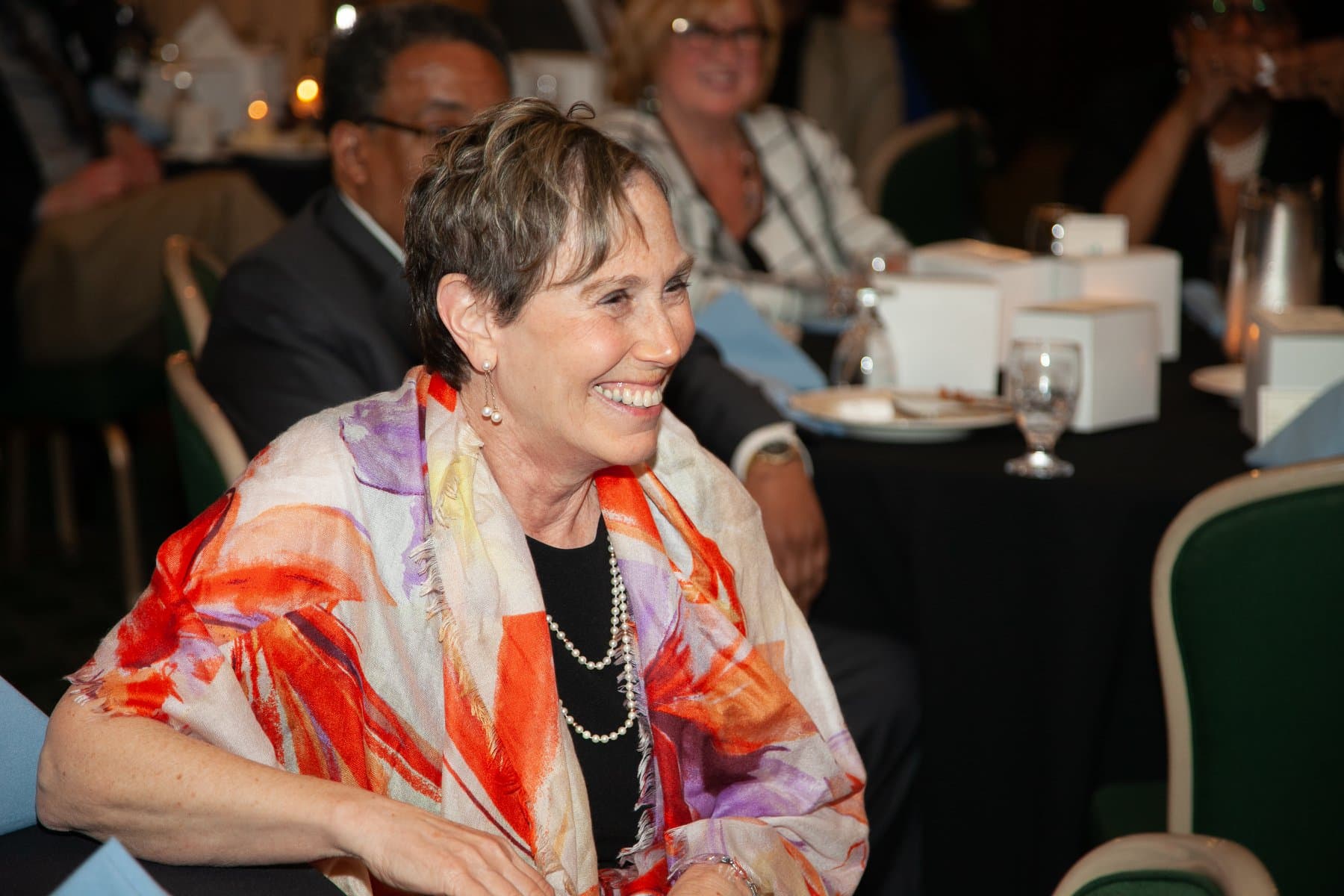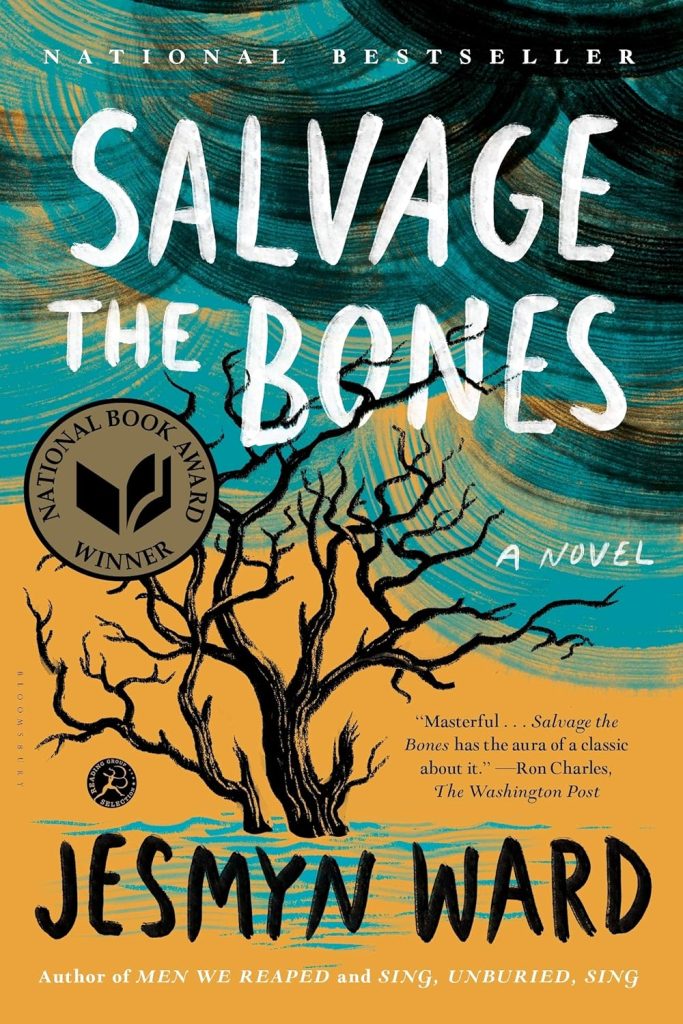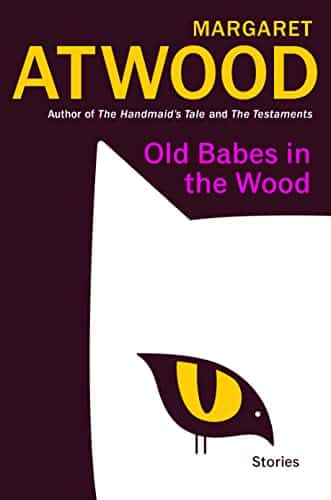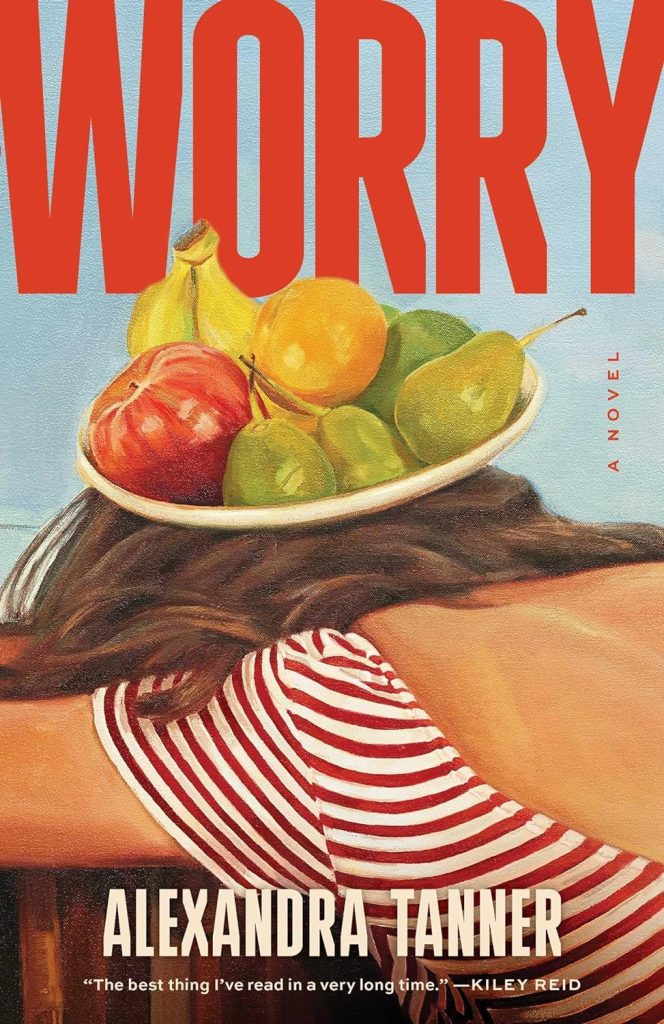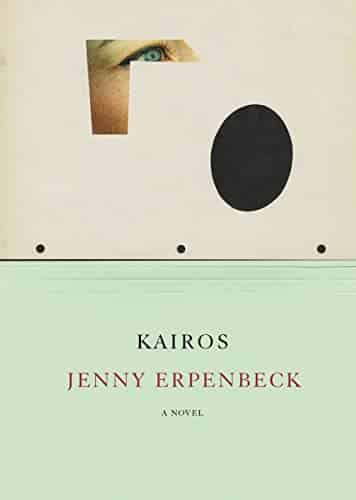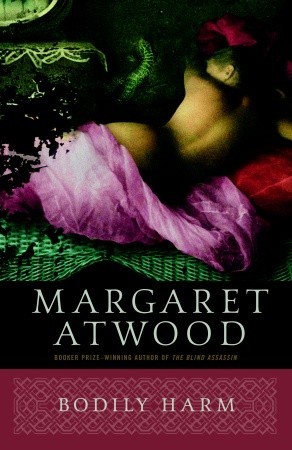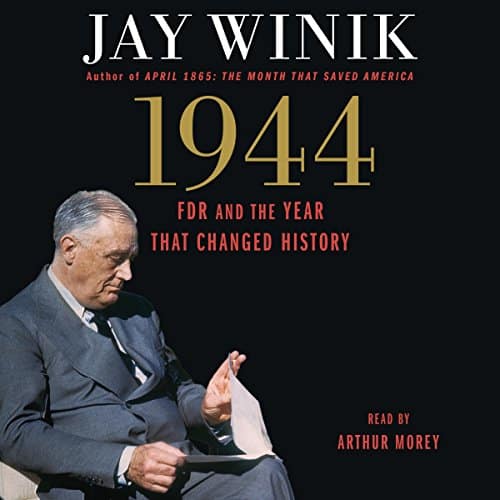
Passover in Tinton Falls
Adding a New Node to My Network
Estimated reading time: 2 minutes, 4 seconds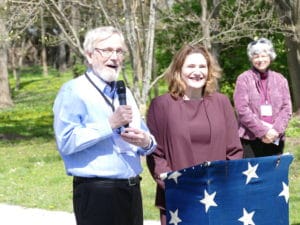
“I am a friend of Rabbi Renee…”
“Wow, you know our Renee?”
I nodded yes to the question, which was the perfect icebreaker that could dismantle the largest glaciers in a nanosecond.
“Amazing that you joined us when you did not know anyone here. We always welcome strangers.”
I attended Second Night Seder at the Monmouth Reform Temple (MRT) in Tinton Falls for the second night of the Passover Seder.
Rabbi Renee, a friend and my rabbi will become the new religious leader at MRT on July 1.
To describe my arrival in Tinton Falls as a warm welcome would be several degrees lower than the enthusiasm that enveloped me.
Walking into a room with more than eighty congregants when the only person I knew was their new rabbi might have been daunting to some people, but I found it as easy as adding a new node to my community mesh network.
I live in a community mesh network (CMN), allowing me to move from one node to another. It is seamless, and adding a new node is as easy as 1-2-3.
My CMN reflects the reality of our real lives: we belong to multiple communities and must be able to move between them and remain interconnected.
Seamlessly moving between my communities of family, friends, neighbors, and faith strengthens each and makes me healthier.
Without my multi-community mesh network, I am unsure if I could have survived my grief journey.
It does not replace what I lost when Jan died, but my seamless network allows me to bring Jan’s spirit into my new life and share her love with everyone.
You must return next year when Renee will lead the seder,” several new friends said as I walked to my car.
I am still trying to figure out what to do next year, but I am happy to have added a new node to my community mesh network.
The Jan Lilien Education Fund sponsors ongoing sustainability and environmental awareness programs. Gifts made this month; I will match dollar-for-dollar. All donations are tax-deductible.
I receive a commission when you buy a book or product using a link on this page. Thank you for supporting Sharing Jan’s Love blog.
